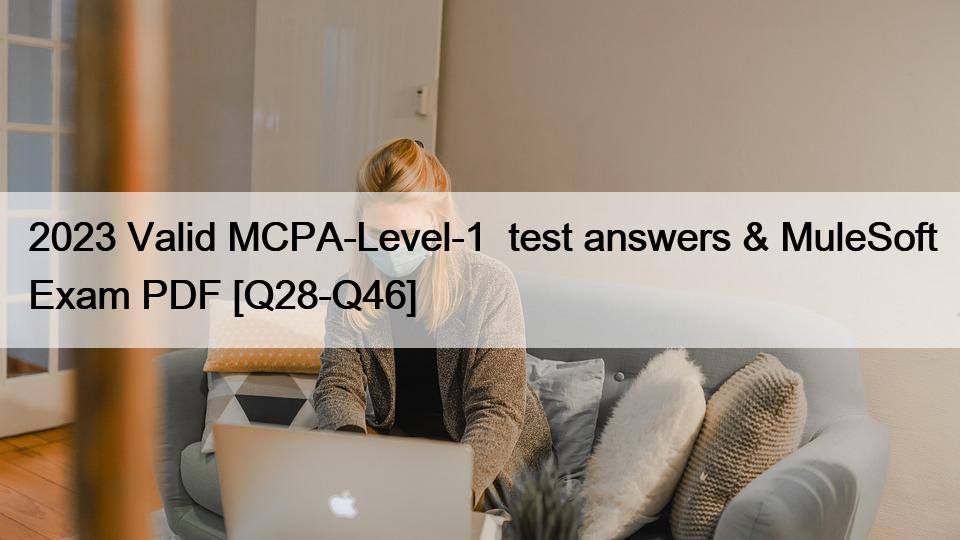|
Exams Labs Braindumps https://blog.examslabs.com/2023/02/2023-valid-mcpa-level-1-test-answers-mulesoft-exam-pdf-q28-q46/ Export date: Sun Mar 30 20:38:44 2025 / +0000 GMT |
2023 Valid MCPA-Level-1 test answers & MuleSoft Exam PDF [Q28-Q46] 2023 Valid MCPA-Level-1 test answers & MuleSoft Exam PDF Free MuleSoft MCPA-Level-1 Exam Questions and Answer from Training Expert ExamsLabs Top MuleSoft MCPA-Level-1 Courses Online: https://www.examslabs.com/MuleSoft/MuleSoft-Certified-Platform-Architect/best-MCPA-Level-1-exam-dumps.html 1 |
Links:
|
|
Post date: 2023-02-28 12:49:39 Post date GMT: 2023-02-28 12:49:39 Post modified date: 2023-02-28 12:49:39 Post modified date GMT: 2023-02-28 12:49:39 |
|
Export date: Sun Mar 30 20:38:44 2025 / +0000 GMT This page was exported from Exams Labs Braindumps [ http://blog.examslabs.com ] |